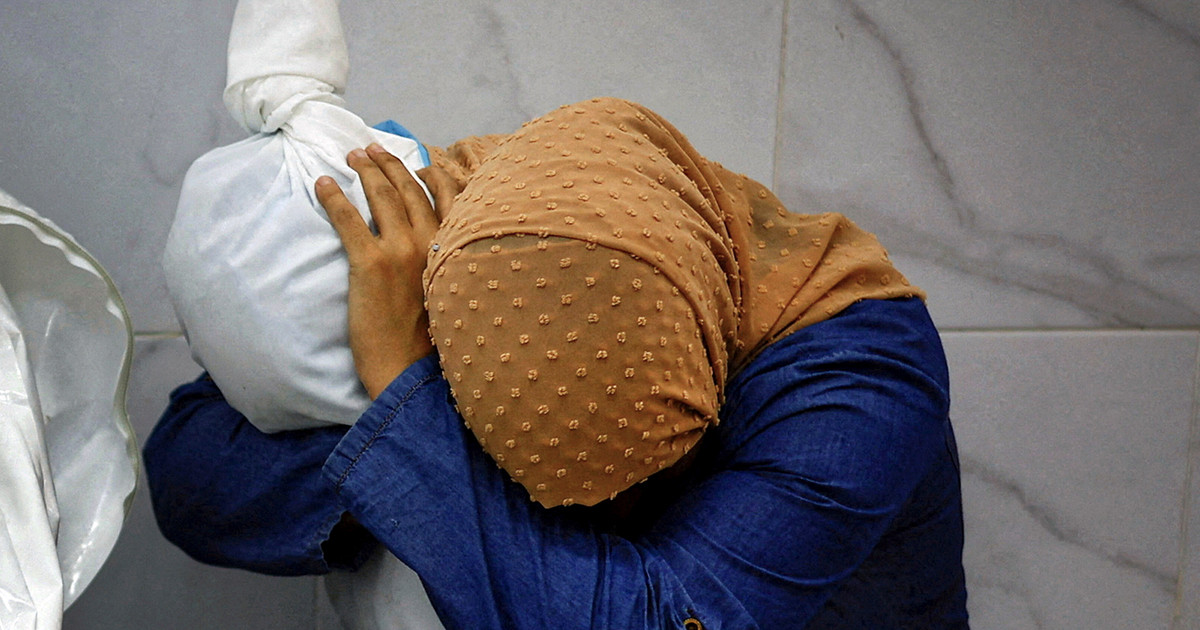The State Institute for the Environment (Inea) is investigating a stain that appeared in the Joatinga Channel, west of Rio, and that reached Barra da Tijuca beach this Thursday (20). The images were taken by helicopter by biologist Mário Moscatelli. According to him, the stain has cyanobacteria that, in high amounts in the water, release toxins that are harmful to organs such as the liver and kidneys.
“It is unfortunately an event that repeats itself every summer. Due to the widespread release of sewage in the lagoons of the Baixada, cyanobacteria find the ideal environmental conditions for proliferation during the summer. And during low tide, all the sewage that is generated and released into the lagoons, flows to Barra beach. Therefore, if the water has an avocado green color, avoid the water, especially in the stretches of Quebra-mar and Pepê”, said the biologist.
According to Inea, the spot that hit Barra da Tijuca beach is the result of a tidal variation that has occurred in recent days. The institute also clarified that the phenomenon is common during the low tide phase, but that bathing in this stretch of the shore is not recommended during the low tide period. The environmental agency will carry out an on-site inspection to collect water samples for analysis.
Inea also investigates the oil spill in the sea at Praia da Bandeira, on Ilha do Governador, in the North Zone. The complaint was made by the NGO Movimento Baía Viva. The institution’s president, Sérgio Ricardo, was the one who asked the Institute for a technical inspection of the site. According to him, the activation of the Guanabara Bay Emergency Plan was also requested, so that the origin of the stain could be investigated.
“In recent days, Baía Viva has received other complaints from residents and fishermen in the region about the presence of oil on Engenhoca beach. This region has been constantly impacted by oil spills. There is a risk of displacement of the spot to the Jequiá river mangrove, in the Zumbi neighborhood, which is an environmental protection area”, stated Sérgio Ricardo.
According to Inea, the agency monitors the bathing conditions of beaches in the west and south of Rio de Janeiro twice a week. The institute reinforces that “the communication to the environmental agency must be immediate for the effective adoption of the appropriate measures”.
Reference: CNN Brasil






